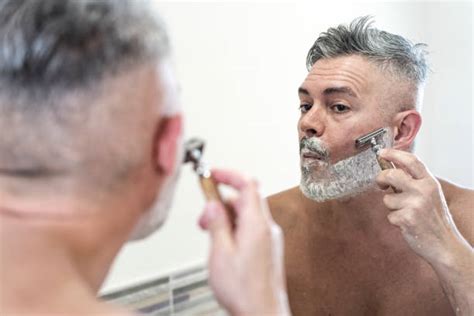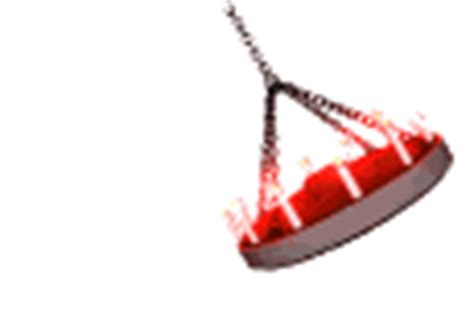Prevent ingrown hairs & razor burn for an unblemished, performance-ready look?
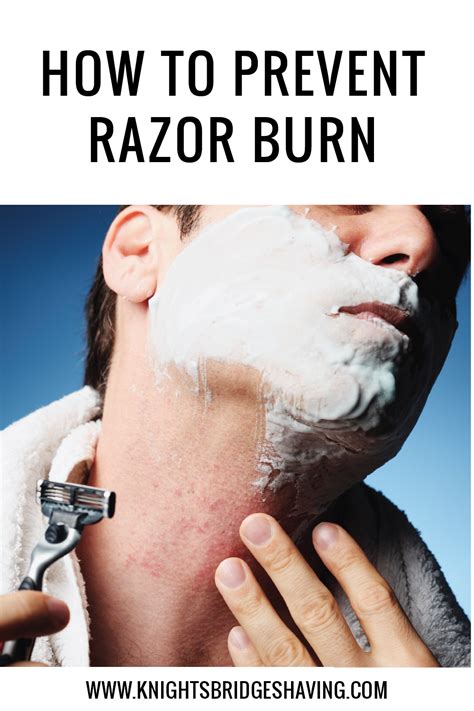
The Quest for Smooth Skin: Banish Ingrown Hairs and Razor Burn
Whether you’re stepping onto a stage, into a crucial meeting, or simply want to feel confident in your own skin, an unblemished complexion free from shaving woes is paramount. Ingrown hairs and razor burn are common nuisances that can detract from an otherwise perfect look. The good news? With the right knowledge and a consistent routine, you can effectively prevent these irritations and maintain a smooth, performance-ready appearance.
Understanding the Culprits: Why They Happen
Ingrown Hairs: These occur when a shaved hair curls back into the skin or grows sideways into the follicle instead of growing out. They often appear as small, red, itchy bumps, sometimes with a visible hair trapped underneath. Coarse or curly hair types are particularly prone to ingrown hairs.
Razor Burn: This is an irritation of the skin caused by shaving, characterized by redness, stinging, tenderness, and sometimes small red bumps or a rash. It’s typically the result of using a dull razor, shaving too aggressively, or dry shaving.
Step 1: Pre-Shave Preparation is Non-Negotiable
The foundation of a perfect shave begins before the blade even touches your skin. Proper preparation softens the hair and opens the pores, making for an easier, less irritating experience.
- Warm Water & Steam: Shave after a warm shower or bath. The warm water and steam soften your hair follicles, making the hair easier to cut and reducing resistance.
- Exfoliate Gently: Use a mild facial scrub or an exfoliating brush to gently remove dead skin cells. This helps to lift hairs and prevents them from curling back into the skin. Focus on areas prone to ingrown hairs.
- Cleanse: Wash your face with a gentle cleanser to remove dirt, oil, and bacteria that could otherwise clog pores.

Step 2: Choose the Right Tools for the Job
Your shaving implements play a critical role in preventing irritation. Don’t underestimate the power of a quality razor and a good shaving lubricant.
- Sharp Razor is Key: A dull blade tugs at hair, causing irritation and an uneven cut. Replace disposable razors frequently (every 5-7 shaves) or invest in high-quality blades for your safety razor.
- Multi-Blade vs. Single Blade: While multi-blade razors offer a close shave, they can sometimes cut hairs below the skin’s surface, increasing the risk of ingrown hairs. For very sensitive skin or thick, curly hair, a single-blade razor (like a safety razor) or an electric shaver might be a better option.
- Quality Shaving Cream/Gel: Never dry shave. Use a rich, lubricating shaving cream or gel that creates a protective barrier between the blade and your skin. Look for ingredients like aloe vera, glycerin, and emollients. Apply generously and let it sit for a minute or two to further soften the hair.
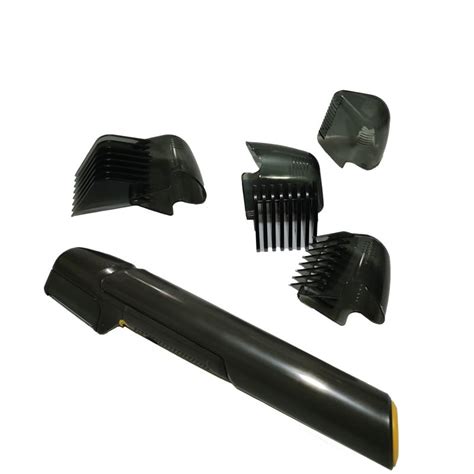
Step 3: Master Your Shaving Technique
How you wield the razor is just as important as the razor itself.
- Shave With the Grain: Always shave in the direction of hair growth. Shaving against the grain provides a closer shave but significantly increases the risk of ingrown hairs and razor burn by pulling the hair taut and cutting it at an extreme angle.
- Light Pressure: Let the razor do the work. Pressing too hard causes unnecessary friction and irritation. If your razor isn’t cutting effectively with light pressure, it’s time for a new blade.
- Rinse Frequently: Rinse your razor blade often under running water to clear away hair and shaving cream. A clogged blade is an ineffective blade.
- Short, Controlled Strokes: Use short, deliberate strokes rather than long, sweeping motions. This provides better control and reduces the chance of missed spots.
Step 4: Post-Shave Care for Soothed Skin
The job isn’t done once the last hair is cut. Post-shave care is crucial for calming the skin and preventing issues.
- Cold Rinse: Rinse your face with cool water to close pores and soothe the skin.
- Pat Dry: Gently pat your skin dry with a clean, soft towel. Avoid harsh rubbing.
- Apply Aftershave Balm: Opt for an alcohol-free aftershave balm or moisturizer. Alcohol can be drying and irritating. Look for ingredients like aloe vera, witch hazel (natural astringent), chamomile, or hyaluronic acid to calm and hydrate the skin.
- Moisturize Regularly: Keeping your skin well-hydrated makes it more resilient and less prone to irritation.

Advanced Prevention & Treatment for Stubborn Cases
- Targeted Exfoliation: If ingrown hairs are a persistent problem, incorporate a chemical exfoliant (like those with salicylic acid or glycolic acid) a few times a week. These can help to keep pores clear and prevent hairs from getting trapped.
- Don’t Pick: Resist the urge to pick at ingrown hairs, as this can lead to infection and scarring.
- Loose Clothing: If shaving body hair, tight clothing can exacerbate ingrown hairs by creating friction and trapping hair.
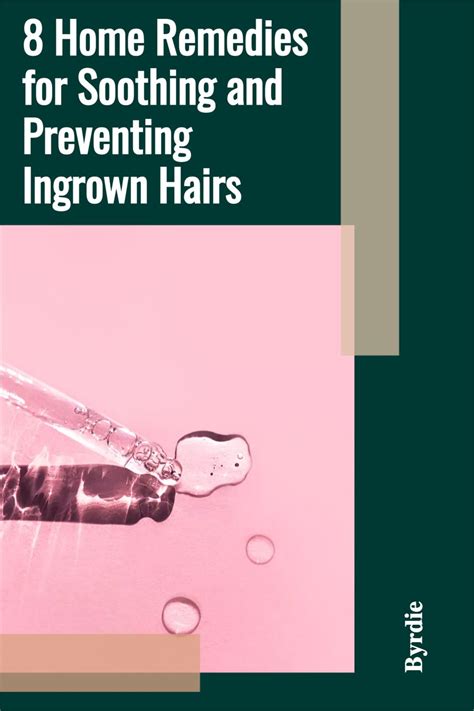
Conclusion: Consistency is Key
Preventing ingrown hairs and razor burn isn’t about a single magic product; it’s about adopting a mindful and consistent grooming routine. By dedicating time to proper preparation, using the right tools, refining your technique, and committing to diligent post-shave care, you’ll not only banish common shaving irritations but also reveal a smoother, healthier, and truly performance-ready complexion. Embrace these habits, and step out with confidence, knowing your skin looks as good as you feel.






